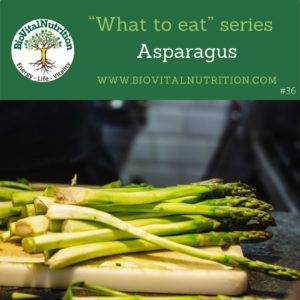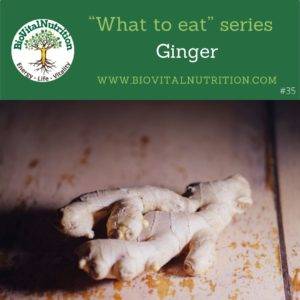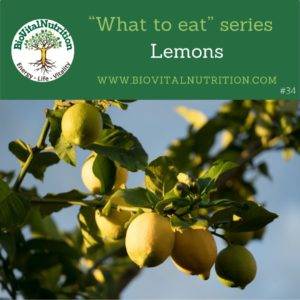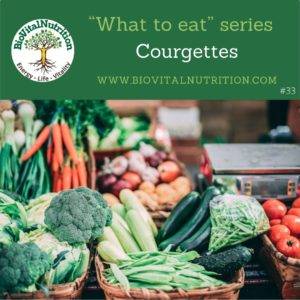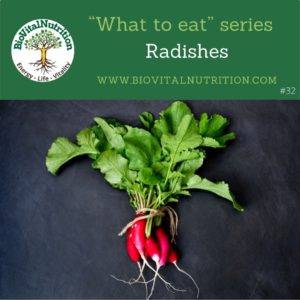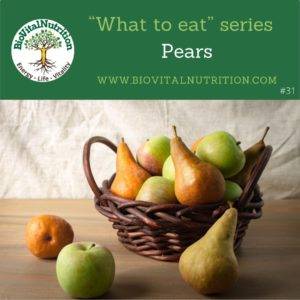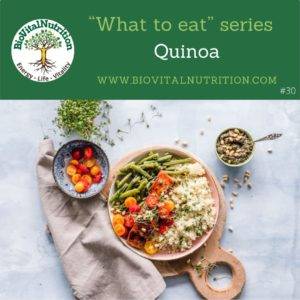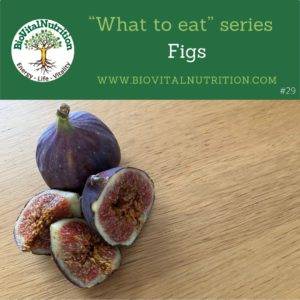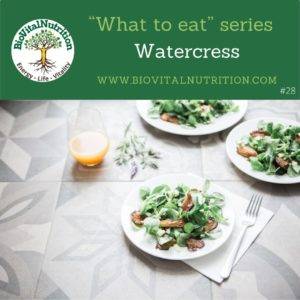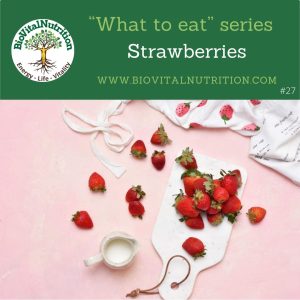This is the time of the year when I love eating asparagus. This versatile ingredient which can be roasted, pan-fried, steamed or grilled, is low in calories and fat and rich in fibre, protein, folate (B9), vitamin A, C and K as well as vitamin E, potassium & phosphorous. They are rich in antioxidants (vitamin A, C & E, glutathione, flavonoids & polyphenols), thus helping prevent inflammation, ageing and many chronic diseases. Asparagus come in different colours: green, white or even purple. What are the benefits of eating asparagus? Asparagus can help with: Lowering or regulating inflammation Gut health, especially ...
